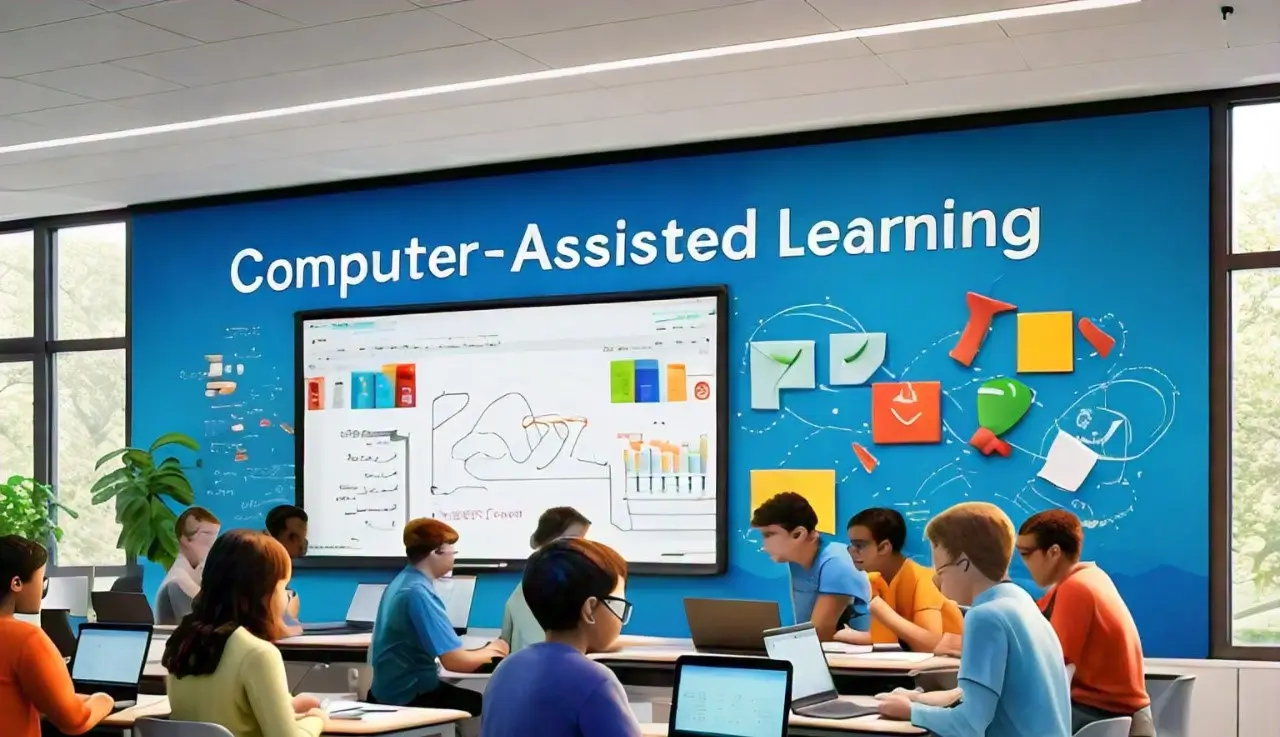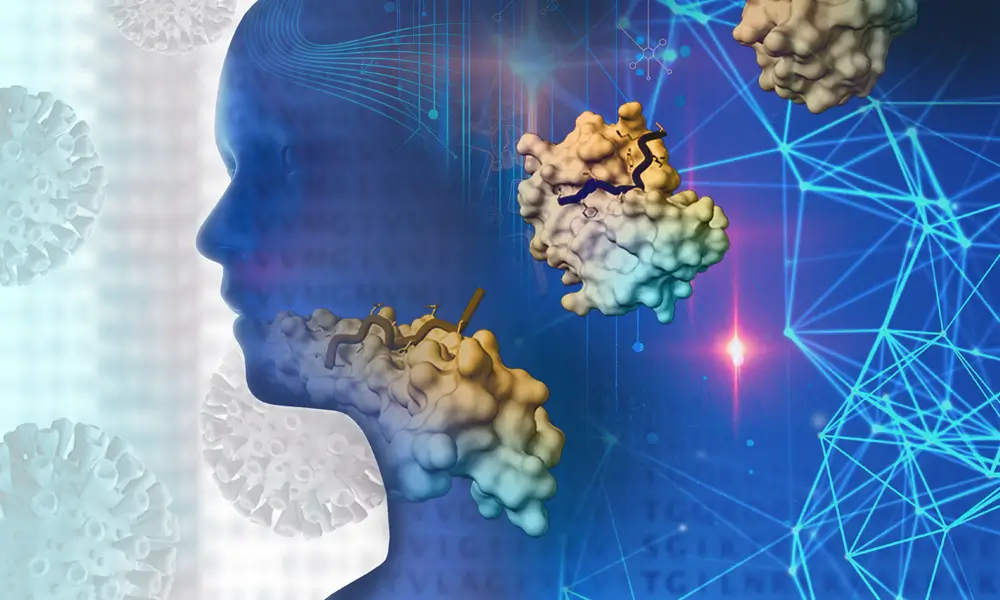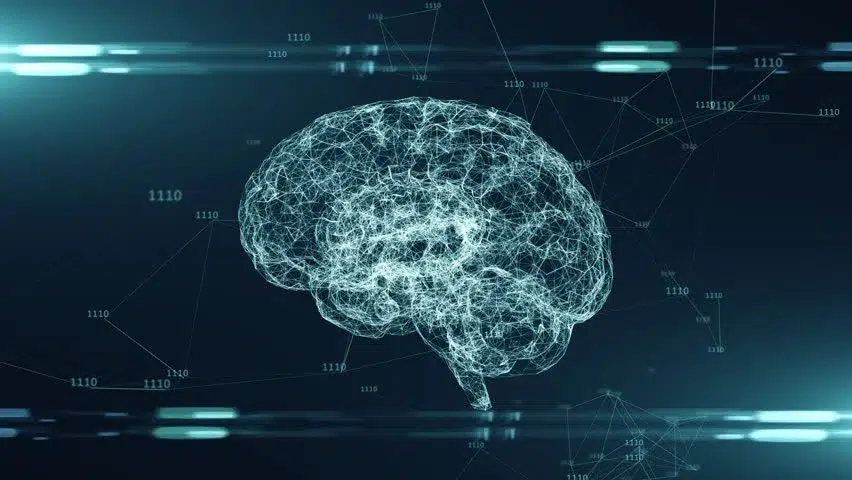The Benefits and Drawbacks of Computer-Assisted Learning

Computer-assisted learning (CAL) is revolutionizing education by enhancing both teaching and learning processes, resulting in higher engagement and better outcomes. However, despite its advantages, CAL also has some limitations that need to be considered.
Table of Contents
What Is Computer-Assisted Learning?
Computer-assisted learning (CAL) refers to educational methods that utilize computers and digital technologies without requiring human intervention. These technologies, including computers, tablets, and mobile devices, are integrated into learning to present content in a dynamic and interactive way. CAL can be applied to a variety of subjects and is used across all education levels—from elementary schools to universities and adult education programs.
Types of Computer-Assisted Learning
Tutorials
Tutorial software takes on the role of the instructor by providing information and assessing the student’s comprehension through quizzes and interactive feedback.
Gamified Learning
Gamified learning engages students through game-like environments, where they can earn rewards or level up after mastering specific concepts.
Practice
Practice-based CAL tools, such as digital flashcards, allow students to review concepts through repetitive exercises and quizzes, helping to reinforce knowledge.
Demonstrations
Technologies like virtual and augmented reality create immersive learning experiences, engaging multiple senses to present information in an interactive way.
Benefits of Computer-Assisted Learning
1. Real-Time Feedback for Students and Instructors
One of the key benefits of computer-assisted learning is the ability to deliver immediate feedback. The technology can analyze student performance on the spot, highlighting mistakes and providing insights on how to improve. This feedback loop is not only beneficial to students but also provides valuable data for instructors to tailor their teaching strategies.
2. Enhanced Interactivity and Engagement
CAL fosters a more engaging and interactive learning environment compared to traditional classroom instruction. The use of dynamic methods such as gamified learning and immersive demonstrations reduces the risk of boredom, keeping students involved and invested in their education.
3. Personalized Learning Experiences
Computer-assisted learning programs often adapt to the individual student’s progress, offering personalized learning paths. This flexibility allows students to learn at their own pace, resulting in improved learning outcomes and higher engagement.
4. Greater Accessibility for Students with Learning Differences
CAL tools can also address the needs of students with learning differences. Through customizable and adaptive technologies, students with special learning requirements can receive a more tailored education, which helps bridge gaps in traditional learning environments.

Drawbacks of Computer-Assisted Learning
1. Potential for Distraction
One downside of incorporating technology into the classroom is the potential for distraction. Students may find it difficult to concentrate on live instruction if they are focused on their devices, leading to divided attention and reduced learning effectiveness.
2. High Costs
CAL solutions can be expensive to implement, particularly when customized for specific educational needs. While there are budget-friendly options, cost remains a significant barrier for many institutions.
3. Risk of Outdated Software
Given the rapid pace of technological advancement, there is always a risk that CAL tools can become outdated quickly. Educators must ensure that the tools they implement can be updated to keep up with new content and technologies.
4. Over-Dependence on Technology
There is a risk that both students and instructors may become too reliant on CAL, which can reduce the effectiveness of traditional teaching methods. CAL should supplement, not replace, the role of the instructor, ensuring that technology supports rather than dictates the teaching process.
Conclusion
In conclusion, while computer-assisted learning offers numerous benefits, such as personalized learning, real-time feedback, and increased engagement, there are also drawbacks, including the potential for distraction and high costs. When implemented effectively, CAL can greatly enhance education, but it’s essential for educators to strike the right balance between technology and traditional teaching methods.
By recognizing both the pros and cons, teachers and institutions can make informed decisions on how to integrate CAL into their curriculum to maximize the benefits of computer-assisted learning for all students.
Recent Insights:

Consumer Token Offerings (CTO): Benefits, Use Cases, and Growth
CTO Crypto Meaning: Understanding Consumer Token OfferingsThe cryptocurrency landscape has rapidly evolved, transitioning from Initial Coin Offerings (ICOs) to Security Token Offerings (STOs), leading to the emergence of Consumer Token Offerings...

Casper Network: Revolutionizing Enterprise Blockchain Adoption
Unlocking the Potential of Blockchain Technology with Casper NetworkBlockchain technology stands as one of the most groundbreaking innovations of the 21st century, with the power to transform nearly every industry. As we delve deeper into its...

Web3 AI: How AI Appears in the Web3 World
Web3 AI: How AI Appears in the Web3 WorldAs we stand on the brink of a transformative technological era, industry experts predict a monumental shift in a significant portion of the world's software, with AI and machine learning (ML) emerging as...
Contact Us
Info@DigitalOriginTech.com
Get all your questions answered by our team.
F&Q
What is Computer-Assisted Learning (CAL)?
Computer-Assisted Learning (CAL) refers to the use of computers and digital technologies in education to enhance teaching and learning without direct human intervention. CAL can take many forms, such as tutorials, gamified learning, and virtual demonstrations. It is widely used across all education levels to personalize and improve the learning experience.
For more information, check out this EdTech overview on the role of technology in education.
What are the main benefits of Computer-Assisted Learning?
The primary benefits of computer-assisted learning include real-time feedback for students and instructors, personalized learning paths, higher engagement through interactive tools, and accessibility for students with learning differences. These features make CAL a valuable tool in both traditional classrooms and remote learning environments.
Explore more about the benefits of EdTech in this article from Edutopia.
Can Computer-Assisted Learning be used for all subjects?
Yes, CAL can be applied to a wide range of subjects, from languages to math and science. Various types of software, including tutorials, simulations, and interactive games, can be customized to suit the subject matter and the educational level of the learner.
For more on how CAL is used in specific subjects, see this guide from TeachThought.
What are the disadvantages of relying on Computer-Assisted Learning?
Some disadvantages of CAL include the potential for distraction, high costs of technology, the risk of outdated software, and the possibility of over-reliance on technology in place of traditional teaching methods. Educators need to carefully balance CAL with in-person instruction to maximize learning outcomes.
Learn more about the challenges of EdTech in this EdTech Digest article.
How does CAL benefit students with learning differences?
CAL allows for personalized, adaptive learning experiences, which can be particularly beneficial for students with learning differences. Tools such as speech-to-text software and visual aids help cater to individual needs, making education more inclusive and accessible.
For a deeper look into CAL’s role in special education, visit CAST, a nonprofit focused on accessible learning solutions.

